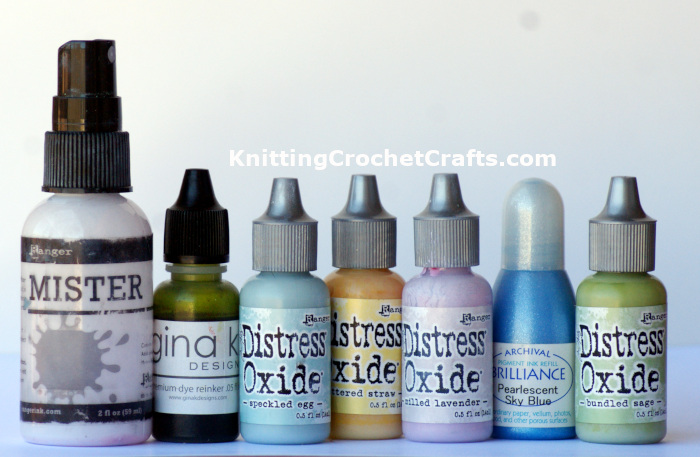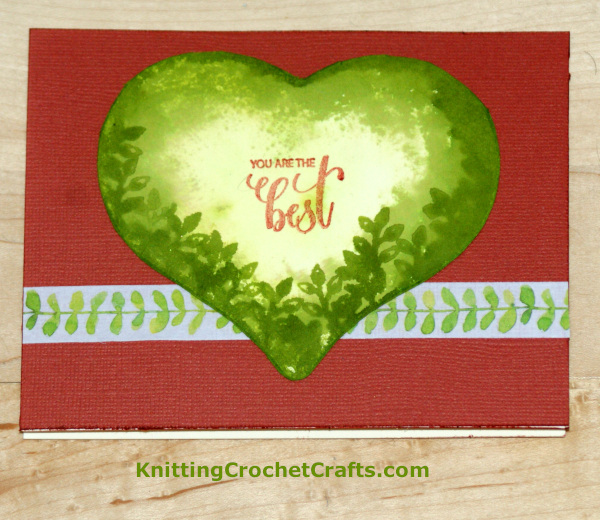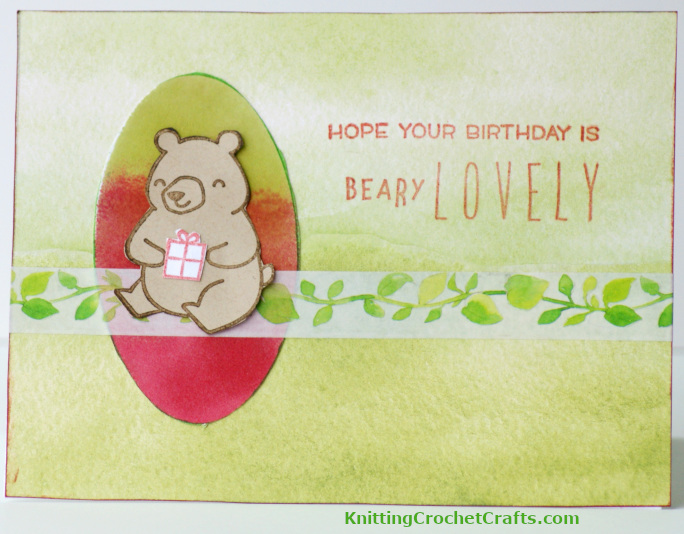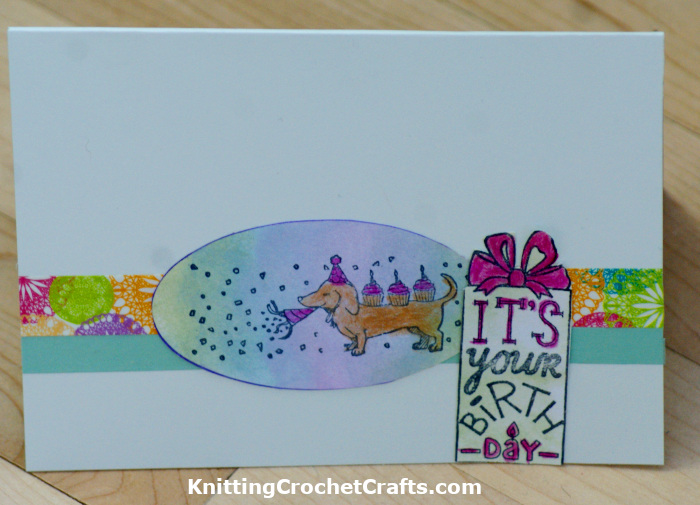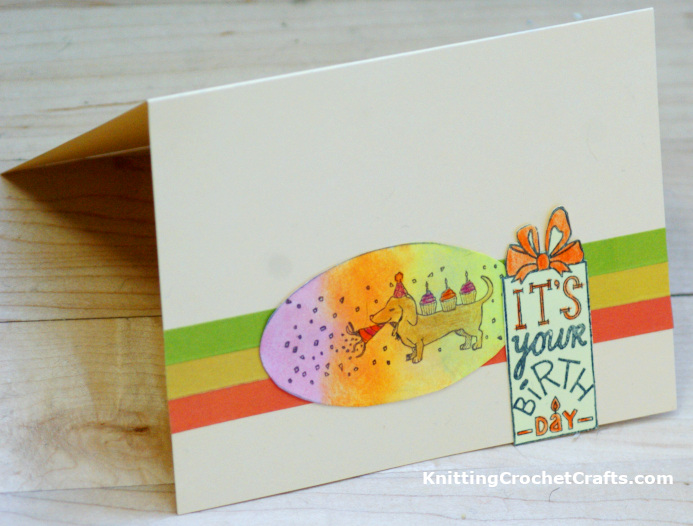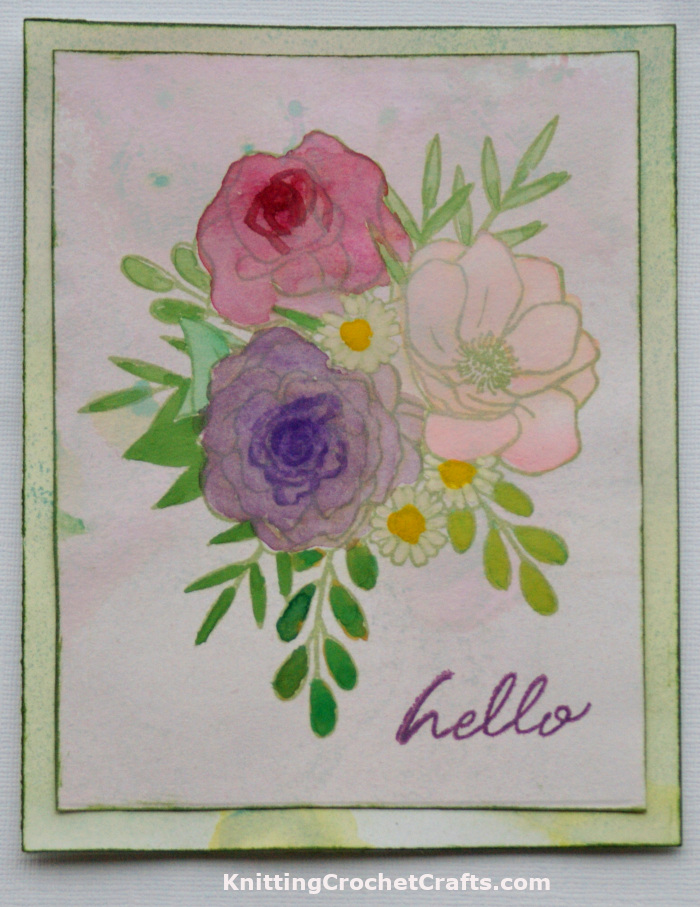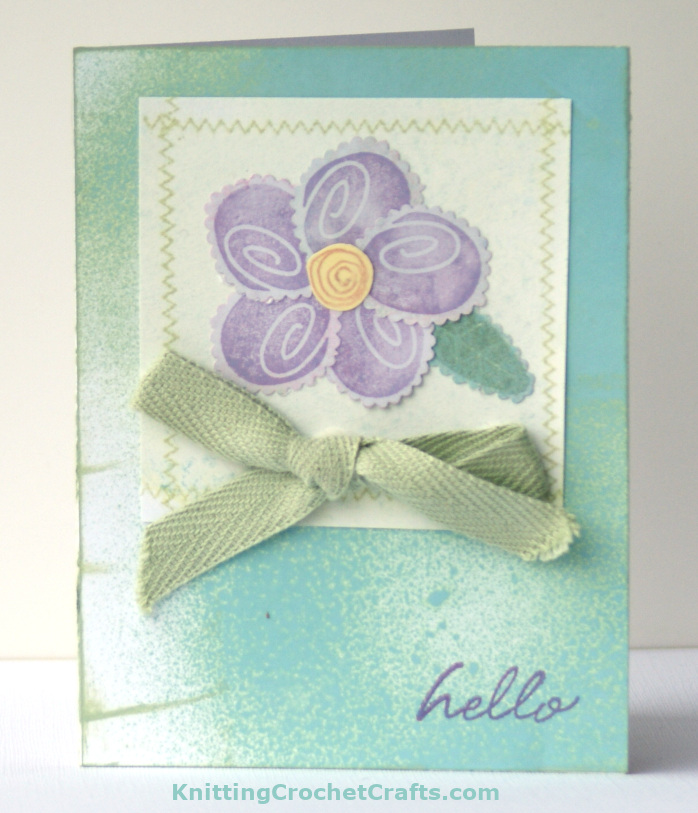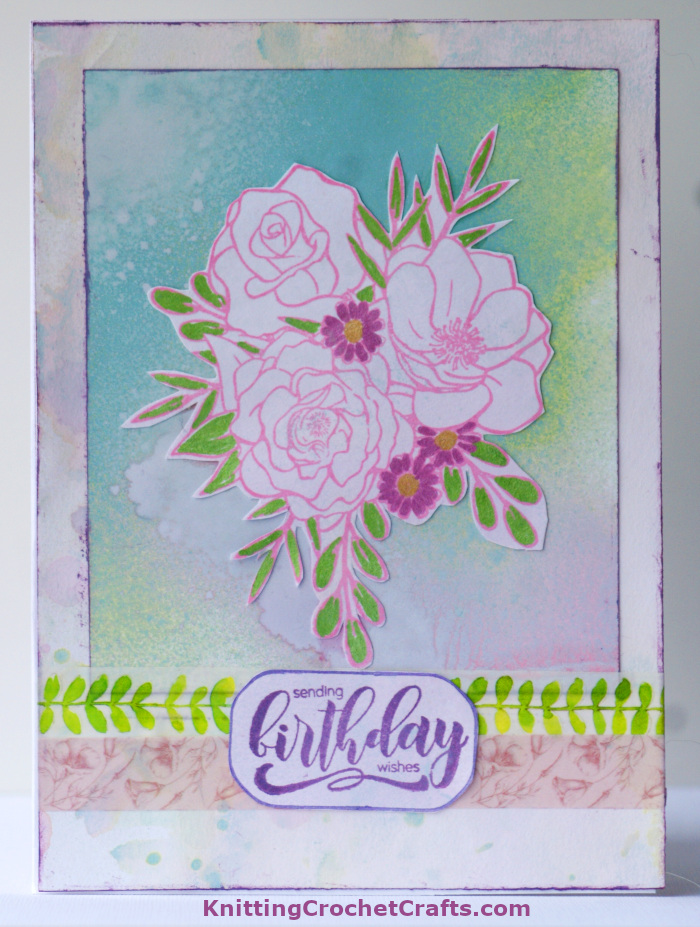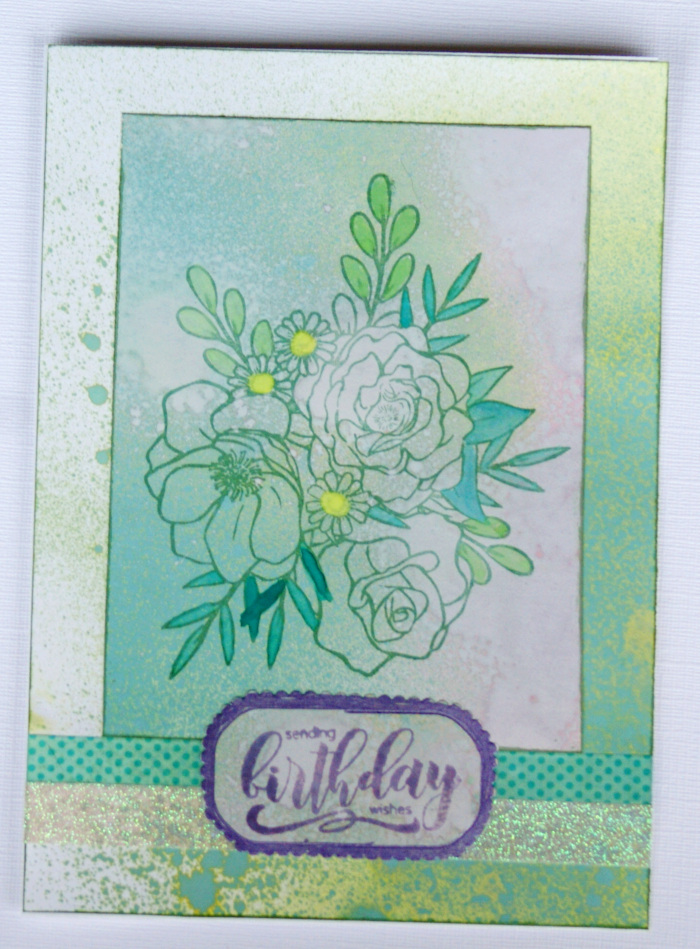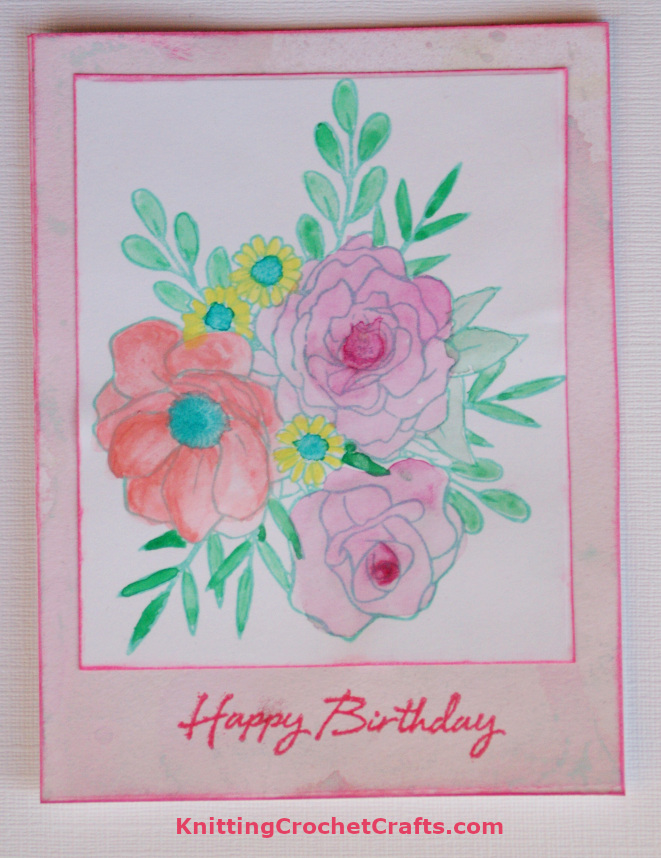4 Ink Blending Techniques Revealed, Plus Ink Blending Tutorials, Ink Blending Project Ideas and Tips for Creating the Perfect Ink Blends
Ink blending is one of the top paper craft trends of 2022. It’s especially popular with card makers who are using it in various ways: ink blended backgrounds, ink blended sentiments, ink blended flowers and motifs…It’s also popular with scrapbookers, planner enthusiasts, art journalers and mixed media artists.
If you’re hoping to use ink blending in any of your own craft projects, you’re invited to check out the following ink blending techniques for card making, scrapbooking and other paper crafts:
Craft Supplies You’ll Need for Ink Blending
First of all, you’ll need some inks to blend. I like using ink from reinkers, because reinkers make it super easy to dispense exactly the amount of ink you want to use for blending. It is also possible to do some (but not all) ink blending techniques using ink pads. If you’re using a dauber, sponge brush or ink blending tool, you can apply your ink from either an ink pad or a reinker.
Daubers, sponge brushes and ink blending tools are all recommended supplies for ink blending. You might also want to try ink blending using squirt bottles / misters (an ideal mister is pictured, above left) or empty brush pens.
You’ll also need some plain white paper. Strathmore Bristol board is the ideal paper for these techniques, because it withstands a lot of moisture without buckling or warping.
Most other papers will warp and buckle at least somewhat if you saturate them with ink; you can usually fix this by flattening them under pressure (stick your inked papers between heavy books, and pile more books on top of them and let them set overnight.) You might also have success using heavy paper such as Tim Holtz Heavystock (ideally treated with gesso) or plain white cardstock. You can also start with colored paper, but keep in mind that your paper color will affect the look of your finished ink blends.
1. Ink Blending Techniques Using Ink Pads
- Grab multiple ink pads, some plain suitable paper, and some daubers, ink blending tools, sponge brushes or stipple brushes.
- Use an ink pad to apply your first ink color to a dauber, ink blending tool, sponge brush or stipple brush.
- Transfer ink from your tool to paper.
- Before the ink is thoroughly dry, repeat using a second ink color and a second tool, paying careful attention to where you apply the ink. You can apply the ink to un-inked areas of the paper for a clean color
- Tip: To keep your ink pads clean, avoid touching them with tools that have already been used for applying different ink colors. It’s ideal to use a separate tool for each ink color, but if this isn’t possible, be sure to clean your tools before switching to a different ink color.
- Another Tip: You can buy empty ink pads that are specifically made to use for creating custom ink blends. If there are ink blends you discover that you really like, you might wish to invest in a few of these so you don’t have to spend so much time ink blending; you can mix them up and have them readily available for repeated use.
Project Ideas for This Ink Blending Technique:
- You Are the Best Hand Stamped Greeting Card Using Stamps and Inks From Gina K Designs; Greeting Card Design Is by Amy Solovay.
- Bear Themed Birthday Card Featuring Ink Blending, Washi Tape and Craft Supplies by Lawn Fawn. Card design by Amy Solovay.
- It’s Your Birthday Card With Hero Arts and Stamping Village Stamp
- “It’s Your Birthday” Card With Dachshund Dog Motif — Stamp by Hero Arts / The Stamping Village
2. Ink Blending Techniques Using Squirt Bottles, Spray Bottles or Misters
If you want to achieve a splotchy, splattered effect in your ink blends, you can use one or more squirt bottles, spray bottles or misters to mix ink blends and spray them onto your paper. You can also dilute the inks with water before blending if you want to make light colored ink blends (or if you just want the inks to go further than they would otherwise).
Project Ideas for This Ink Blending Technique:
- Watercolor Greeting Card Featuring Floral Bouquet, Ink Blending and Hello Stamp by Hero Arts
- Hello Greeting Card Featuring Simple Stamped Flower Motif
- Birthday Card Making Idea Featuring a Floral Bouquet Image, Ink Blending and Washi Tape Border
- Turquoise, Aqua, Yellow and Green Colored Birthday Card Featuring a Floral Bouquet Stamped Image by Hero arts.
- Birthday Card Making Idea Featuring a Hand Stamped, Watercolor Painted Floral Bouquet and an Ink Blended Background. The Floral Bouquet Stamp Is by Hero Arts.
3. Ink Blending Techniques Using Empty Brush Pens
There are bunches of different manufacturers that make refillable brush pens you can use for ink blending. You can use your ink diluted with water (which I recommend) or at full strength. If you use it at full strength, be warned that you will use your ink up quickly.
To try this technique, simply fill your pens up with various colors of ink diluted with water, or not. Then draw or paint with your ink-filled pens, blending at will.
I like this technique, but I find it easier to control the flow of ink if I skip the refillable pen, and simply paint with the ink…which brings me to the next ink blending technique we need to discuss…
4. Ink Blending Techniques Using Paint Brushes
You can paint with ink just like you paint with paint. To do this, you’ll need ink and paper plus a watercolor-friendly painter’s palette, a cup or dish to hold some water, and a few paintbrushes in varying sizes. To create ink blends, you can either blend the inks in the painter’s palette ahead of time or you can grab various inks with your paintbrushes and blend them together as you paint, just as you would with actual watercolors or acrylic paints.
So there you have it: Those are some easy ink blending techniques you should know about if you’re interested in card making, scrapbooking, mixed media art, collage art or other paper crafts. I hope you found this information useful. Happy ink blending!
Over to You:
Have you tried ink blending? If so, which techniques did you try? What projects did you make? How did they turn out? Do you have any ink blending techniques, tips or ideas to share? We’d love to hear about your experiences with ink blending. Please leave us a comment with any insights you’d like to discuss. Thanks in advance!
Please know that we really appreciate your presence here! Thanks for visiting.
Learn More About Inks
- Distress Ink Pads by Tim Holtz for Ranger Industries
- Brilliance Ink Pads for Rubber Stamping, Card Making and Paper Crafts
- StazOn Ink Pads for Stamping on Metal, Plastic, Acrylic, Leather and More
Find More Paper Craft Project Ideas
- “Have a Sweet Birthday” Card Making Idea Featuring Pinkfresh Studio Stamps, Paper and Supplies
- Cute Bear Themed Birthday Card Making Idea Featuring Lawn Fawn Craft Supplies
- How to Make Thank You Cards
- Birthday Cards to Make
- Free Valentines Day Crochet Scarf Pattern
- Christmas Card Making
Posted By: Amy Solovay
This page was last updated on 4-24-2023.
